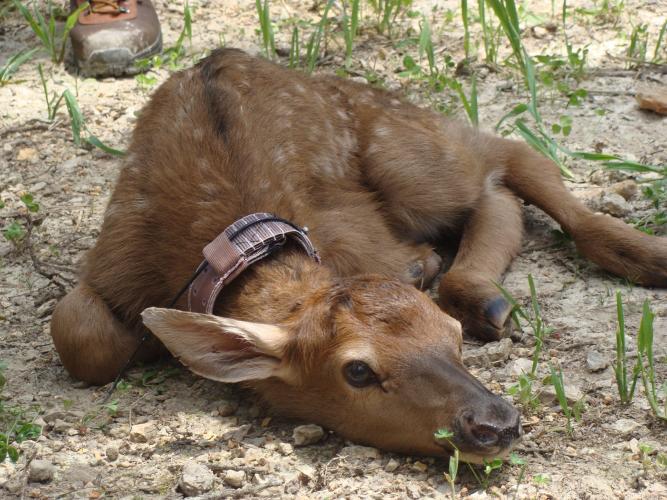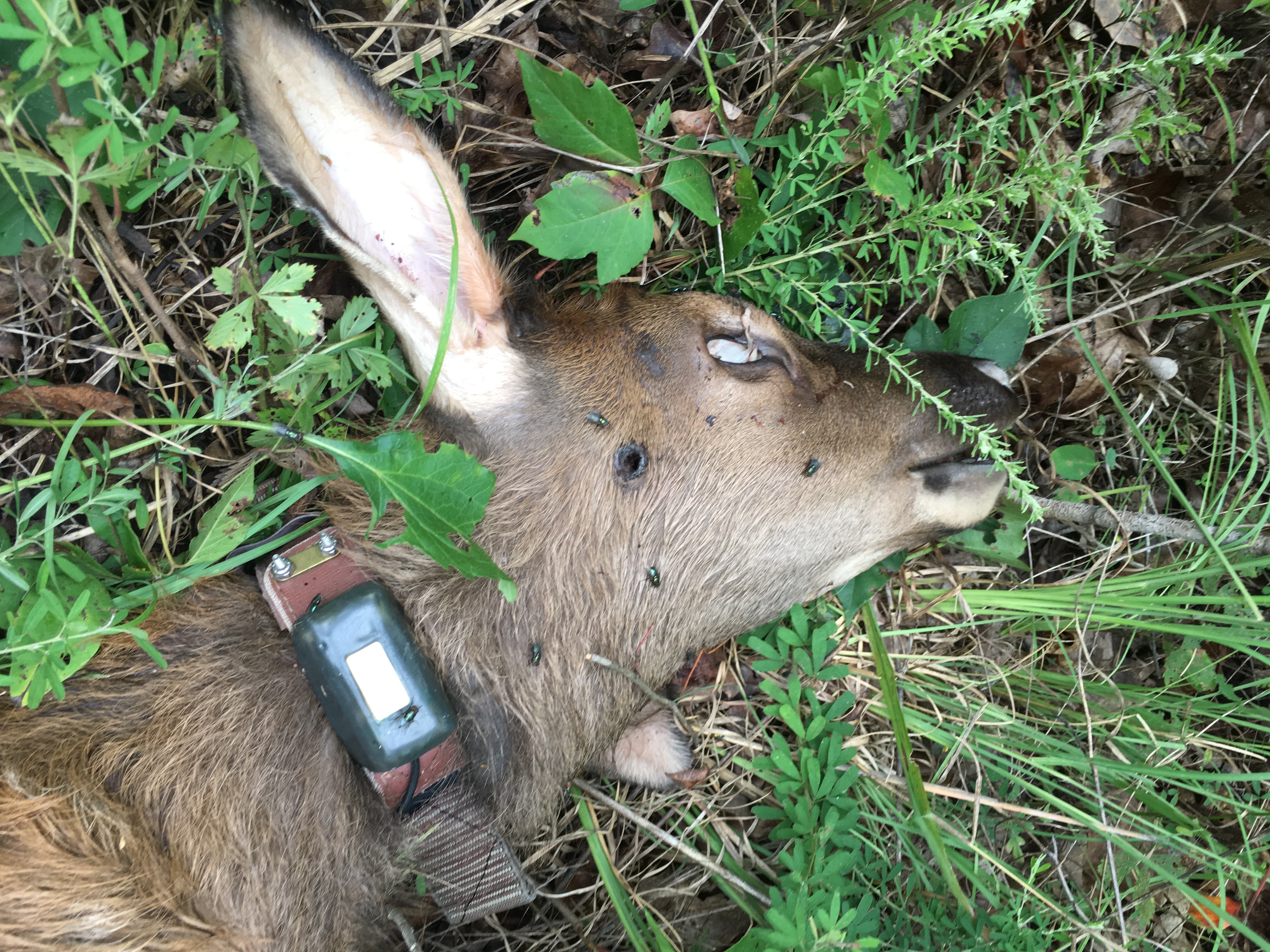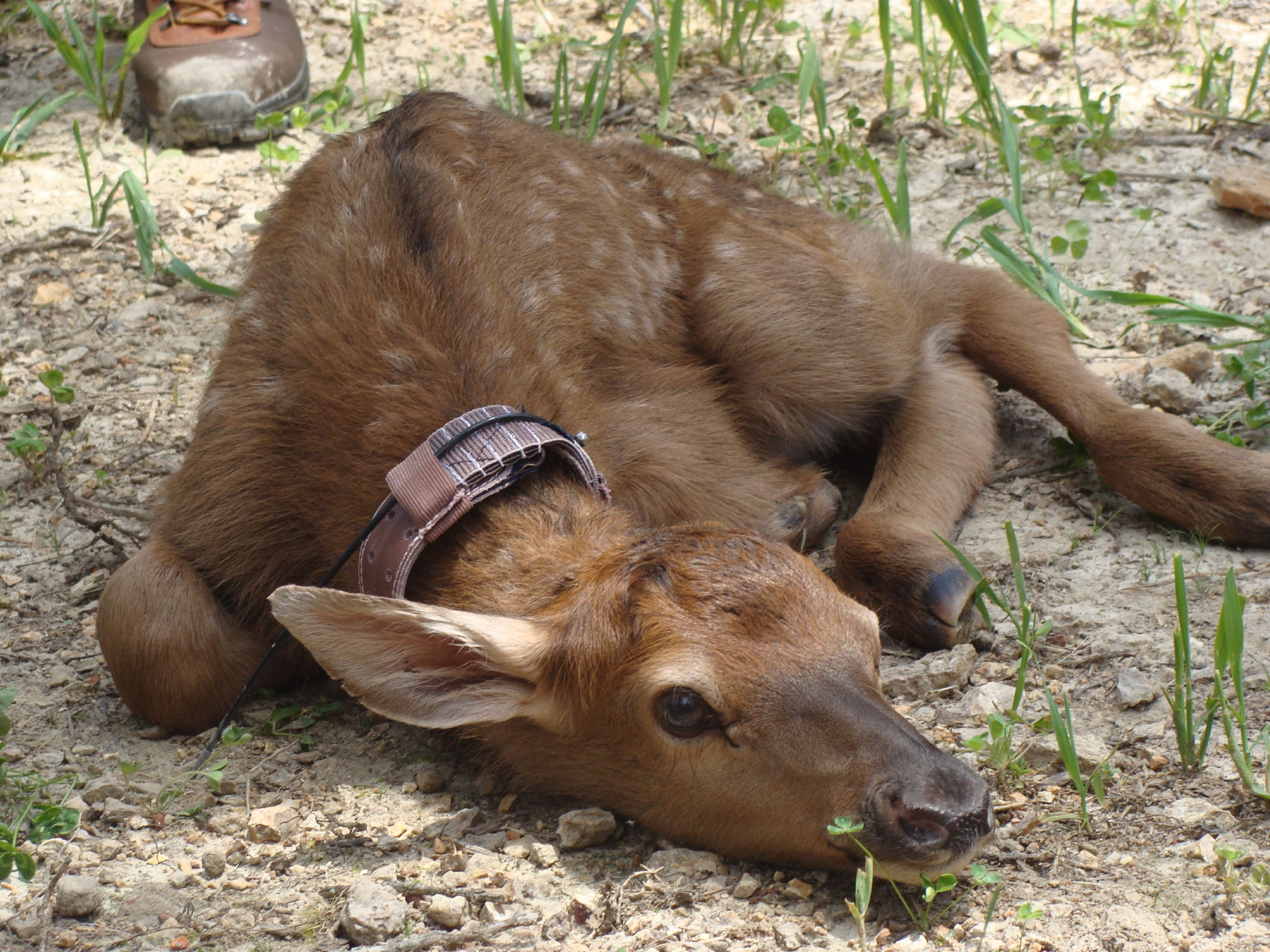
Xplor reconnects kids to nature and helps them find adventure in their own backyard. Free to residents of Missouri.


































Stay in Touch with MDC news, newsletters, events, and manage your subscription

Xplor reconnects kids to nature and helps them find adventure in their own backyard. Free to residents of Missouri.

A monthly publication about conservation in Missouri. Started in 1938, the printed magazine is free to residents of Missouri.




SHANNON COUNTY, Mo. – The Missouri Department of Conservation (MDC) seeks information in the case of an elk calf that was shot. Conservation agents report the calf was born in the Log Yard area of Shannon County July 13 and was fitted with a VHF radio collar July 14 with the identification number 1829. The calf still had its spots when it was found shot next to a road just weeks later. The lengthy investigation has led conservation agents to seek information from the public.
“The complex forensic work of this investigation and the very tedious evidence analysis has made this a lengthy investigation,” Acting Protection Chief Dean Harre said.
It’s standard procedure for MDC’s elk research crew to catch and assess calves in the wild immediately after birth. This enables the team to monitor the animals’ growth and collect information about their movements. In this case, just a few weeks after the elk was born, the team received a mortality signal from the radio collar, leading them to find it lying next to a road, shot in the head.
MDC’S Ozark Regional Protection Supervisor Gerald Smith said this is the second known elk poaching incident in the region. The first was a mature bull that was killed in December 2015. In that case, the poachers removed the bull’s antlers with a chain saw and left it otherwise untouched in the woods where it fell, likely because of its size.
“Elk calf 1829 wasn’t yet the size of a small deer, so its placement next to a road might have been driven by the poacher’s desire for attention,” Smith said.
Smith said it’s important to note that poaching is not hunting, and poachers are not hunters.
“These poaching incidents are ethically wrong and represent poor moral conduct,” Smith said. “The people who did this do not understand the value of conserving wildlife, the value of the law, or reflect the values held by the majority of Missouri’s local or state citizens.”
When elk restoration began in Missouri in 2011, one of the projected benefits was an increase in tourism to the Missouri Ozarks region. Visitor surveys conducted at the two self-guided driving elk tours at Peck Ranch and Current River conservation areas determined elk brought nearly $1.3 million to the region in 2016. This data included regional economic impacts such as food, lodging and transport expenses of more than 11,000 visitors that toured these areas in 2016. Smith noted that poachers are not considering the economic detriment they cause for the area.
“The restoration of elk is appreciated by many people, businesses and organizations in our area,” Smith said. “The elk herd is growing and plans for a limited hunting season may soon be forthcoming. However, these poaching cases can impact both elk tourism and the likelihood of an elk hunting season.”
Anyone with information that could help with this investigation can call the Operation Game Thief (OGT) hotline at 1-800-392-1111. The hotline is managed 24 hours a day and you may remain anonymous. For more information about elk in Missouri, visit MDC’s website at https://bit.ly/2EvwvDK.